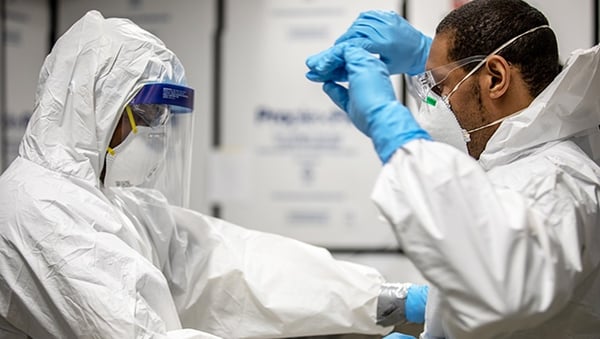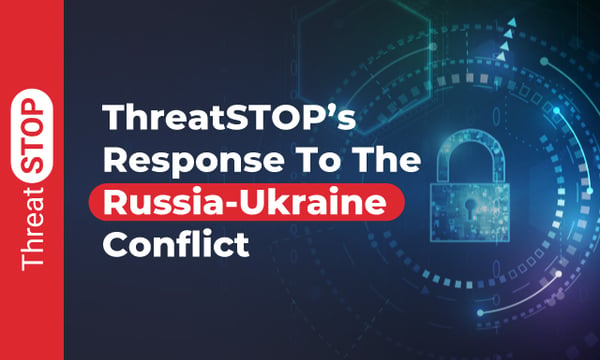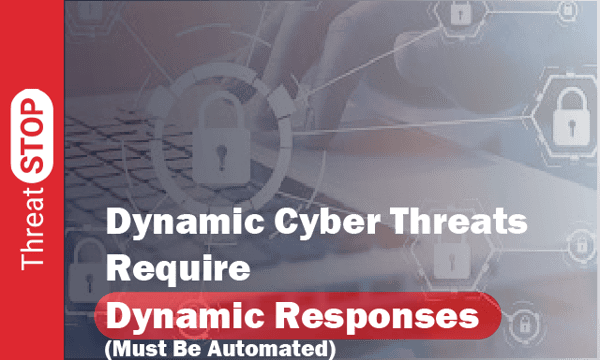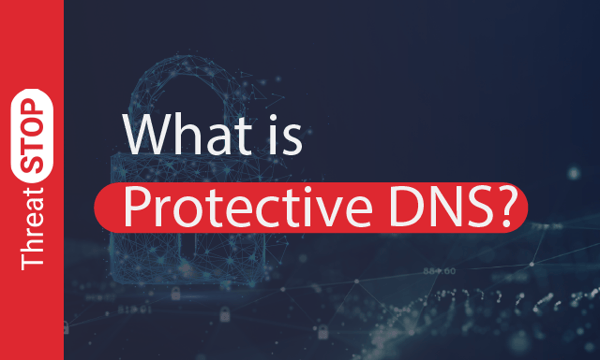September 8, 2020 • Ofir Ashman
Covid-19’s Lasting Impact on Cybersecurity
5Min read
•
Cyber Threats,
Cybersecurity,
coronavirus,
COVID-19,
work from home,
coronavirus cyber security,
COVID-19 cyber security



